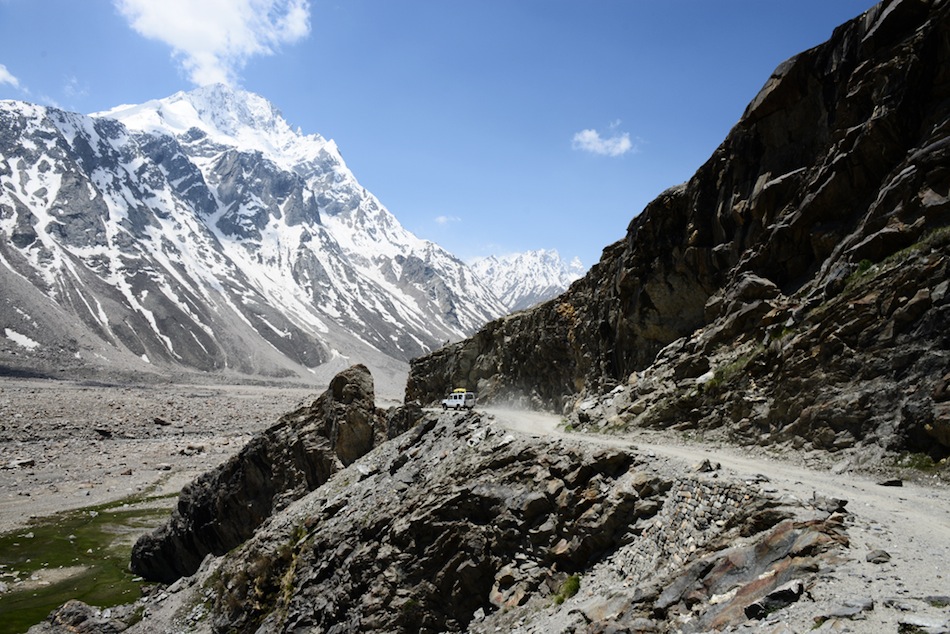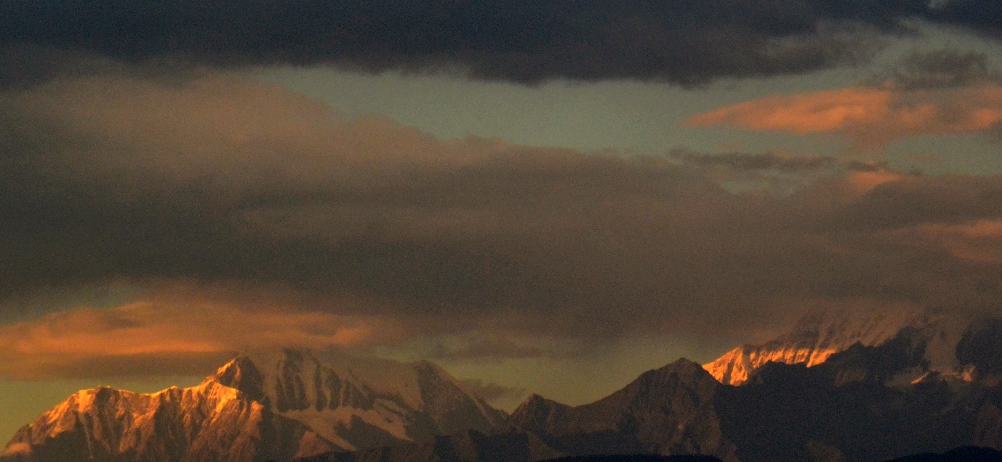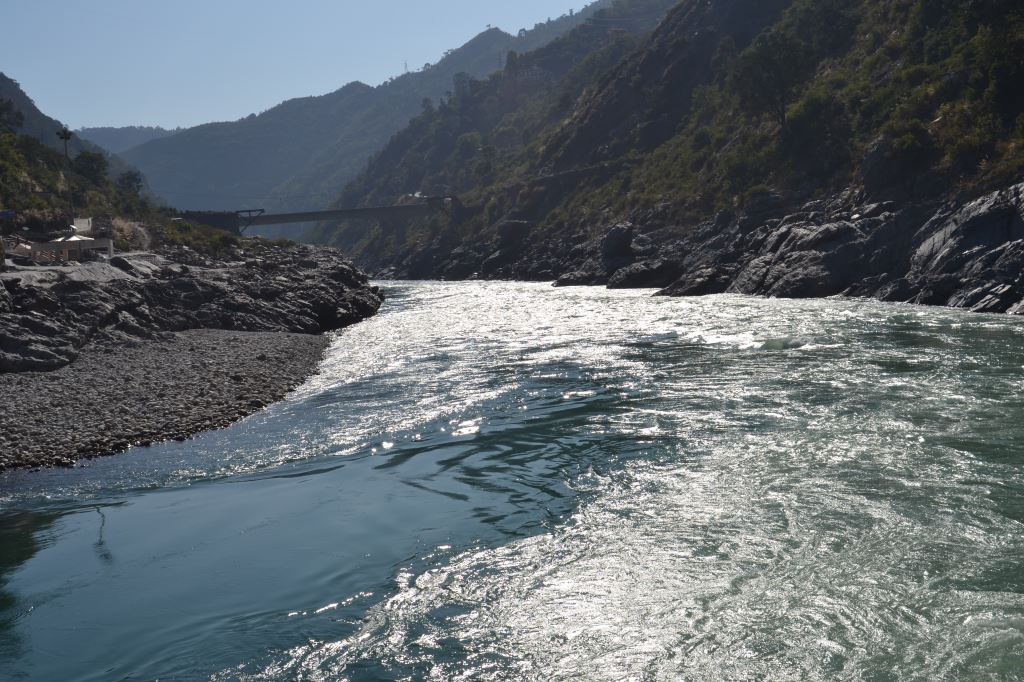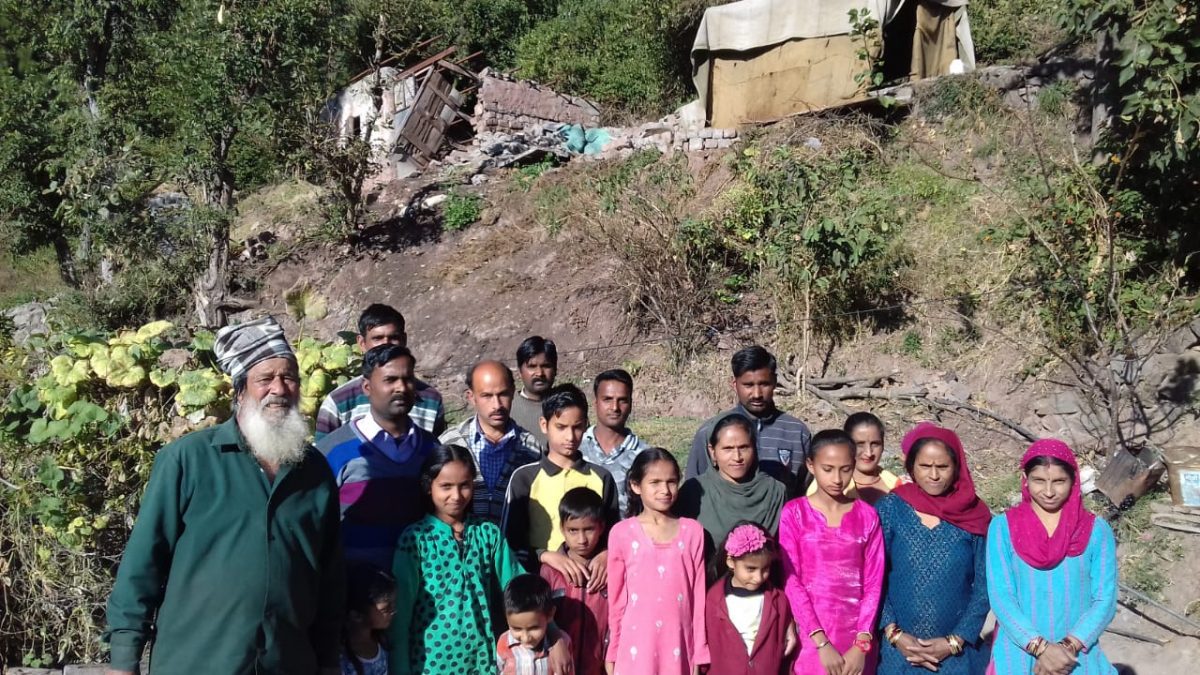The radical findings of a report on climate change and the Himalayas reveal that one-third of the Himalayan ice-cap will be gone by 2100, even if drastic mitigating measures are implemented.
The New Leam Staff

We are aware of the fact that global warming is one of the biggest challenges faced by the world and unless the global community takes cognizance of the matter and adopts measures to drastically improve the situation, it shall be immensely difficult for us to do anything in the future. The amount of damage that humanity as a collective has already done to the nature, the devastating implications of aggressive and unsustainable projects carried out in the name of development, ruthless exploitation of the natural resources and the inability of the global community to strike a balance with the ecology have brought us face to face with an unprecedented crisis.
We all know that global warming means a rapid increase in the temperature of the earth through man-made activities beginning predominantly from the industrial era onwards. There are widespread implications of global warming such as unprecedented enhancements in the global sea levels, the rapid acidification of oceans and other water bodies, the growth of our deserts and the destruction of the myriad flora and fauna.

Apart from its widespread implications on the geography of the earth, it cannot be negated that global warming will have devastating results for the human life upon the earth. The difficulties and hardships that humans will face include extreme weather, droughts, wildfires, flooding and heavy rains, the threat of food security and the need to abandon earlier cultivable and fertile land due to rise in sea levels.
We are widely aware of the fact that global warming is no longer a theoretical proposition from the books or a rhetoric made up by the environmentalists; rather the widespread impact of global warming can be seen all around us. The global community has no other choice but to mitigate through a series of possible alternatives like rapid reduction in carbon emissions, adopting ecologically sustainable production technologies and a collective agreement on lifestyles that may be less damaging to the ecology.
In a recent report about the Himalayas, it has been discovered that huge ice fields in the Himalayas are melting at an unprecedented way in the context of global warming and no matter what kind of measures we adopt to reverse the pattern, we will not be able to do much. The report reminds us that at least one-third of the ice-fields in the Himalayas are melting due to the climate change and this will impact the lives of more than 2 billion people.
What is threatening is the fact that the report tells us that it is very late for the world to take any steps at the moment because the carbon emissions have taken place over the years, are damaging the largest mountain range beyond understanding. 36% of the glaciers in the Himalayas are being affected by the exhaustive global warming and it would not be a long time from now, when the larger part of the Himalayas shall be gone.
We must acknowledge the fact that, the glaciers are the source of water for more than 250 million people living in the Himalayas and the neighbouring areas that surround or are near the mountain range. The Himalayas are source of the greatest number of rivers and lakes in the region and the most crucial water resource. Water from the Himalayas also goes to India’s neighbouring nations like Pakistan, Nepal and China.
The report that has been published by International Centre for Integrated Mountain Development has asserted the fact that even if the world were to suddenly become absolutely serious about tackling global warming and saving our Himalayas, we will still lose one-third of the range.
What adds to the crisis is that globally the Himalayas have got less attention than the Arctic region which is equally impacted by global warming. The report has been worked on by 200 scientists over a period of five years and its revelations are indeed eye opening for us all. The Himalayan region is the third largest hoarder of ice after the Arctic and Antarctica regions and the report asserts that we have to bring down the carbon emissions to zero by 2050.
Sadly, even if such a drastic measure is taken, it will not save us from losing one-third of the glaciers by 2100. The melting of glaciers will bring about great issues for the community as water levels will dramatically increase and those living on banks will adversely get impacted by this rapid destruction.
Other implications include erratic monsoons and agricultural distress, extreme rise in temperature, flooding and water scarcity and an overall damage to the ecology. The resultant climate change and the water crisis will require all nations in the Himalayas to come together and deal with the issue, as such a disaster will impact people beyond borders. The implication of such a vital damage will be widespread across regions and therefore it demands that nation-states collectively unite to address this issue.














